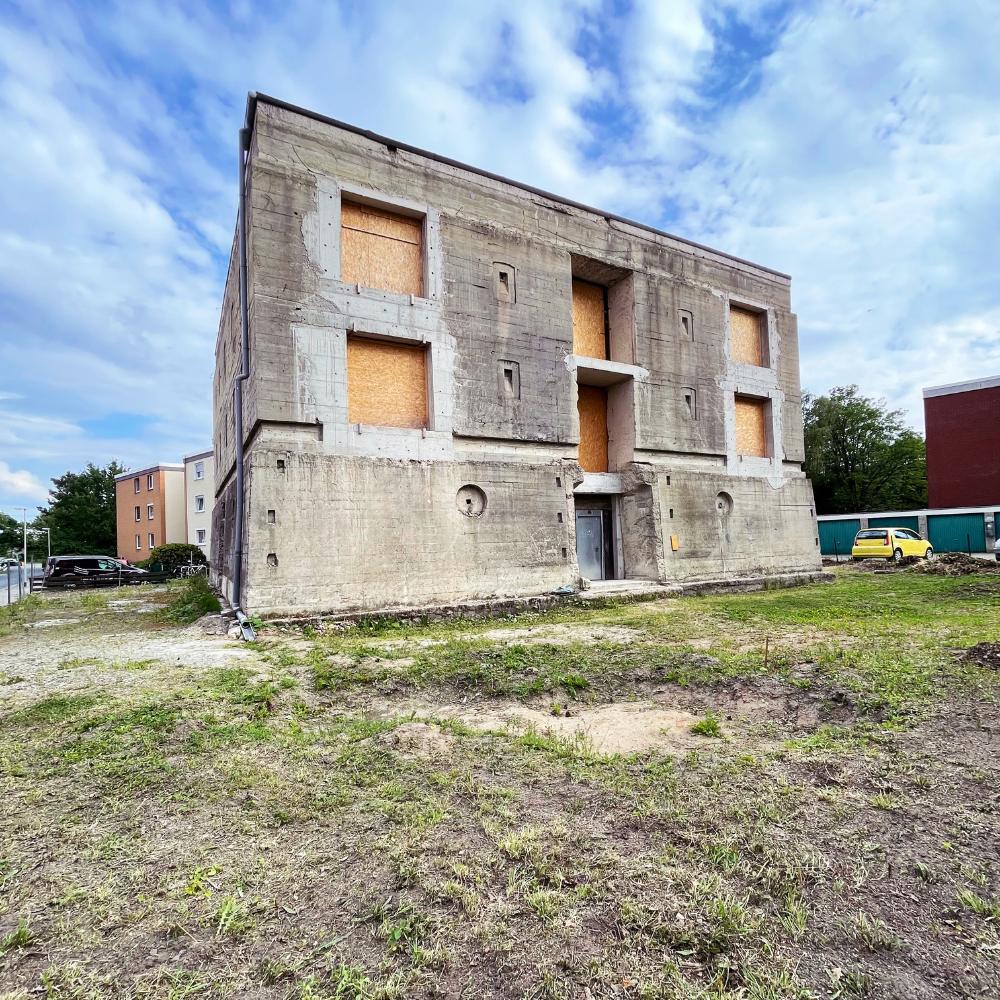
Transforming abandoned or derelict buildings into usable spaces is an ongoing process in many UK cities and towns, fueled by the combined motivations of preserving history, combatting housing shortages, and promoting sustainable practices. However, this process can prove to be a significant financial challenge. Here’s where the conversion mortgage comes into play—a form of finance specifically designed for people who wish to turn such buildings into residential properties. The question “What is a conversion mortgage?” is one that resonates deeply within the property finance landscape. This article aims to explore the concept of conversion mortgages, their benefits, and the process of obtaining one.
Understanding conversion mortgages
A conversion mortgage, also known as a refurbishment mortgage, is a specialised financial product that provides funding for the purchase and conversion of a non-residential or derelict building into a livable home. This kind of financing is typically offered by specialist lenders or banks that understand the unique challenges and risks associated with such projects.
The mortgage allows potential homeowners or investors to secure the funds they need to purchase the property and complete necessary renovations. In essence, it provides the means to transform structures that may not have been habitable or even functional into residential properties that meet modern standards of living.
Benefits of conversion mortgages
There are several key benefits to obtaining a conversion mortgage:
Financial Accessibility: Conversion mortgages make it financially feasible to undertake significant restoration and renovation projects, which might be prohibitively expensive otherwise.
Property Value Appreciation: Typically, after a property has been successfully converted and renovated, it’s worth significantly more than the initial purchase price plus conversion costs. This allows for substantial potential returns if you decide to sell the property in the future.
Sustainability: By repurposing existing buildings, you contribute to environmental sustainability by reducing the demand for new construction and, in turn, the associated consumption of resources and energy.
Factors to consider for a conversion mortgage
Like any financial product, it’s essential to be aware of the factors and requirements associated with conversion mortgages:
Feasibility study: Before you can obtain a conversion mortgage, a feasibility study may be required. This study should provide a comprehensive overview of the proposed project, including design plans, costings, timeframes, and the expected market value upon completion.
Planning permissions: For a conversion mortgage to be approved, you must ensure that all necessary planning permissions are secured for the conversion.
Experienced professionals: Engaging experienced professionals, such as architects, surveyors, and builders, is crucial for a successful conversion project. Their expertise will help ensure that the project adheres to regulations, stays within budget, and meets its timelines.
Exit strategy: Lenders will want to see a clear exit strategy outlining how the loan will be repaid, whether that’s through the sale of the property or refinancing.
Choosing a lender
Choosing a suitable lender is a key decision for any prospective developer considering a conversion mortgage. It’s important to consider the lender’s experience with conversion mortgages, their flexibility, and the terms they offer. Some lenders specialise in these types of loans, so it’s worthwhile to take the time to research and compare.
Obtaining a conversion mortgage
The process of getting a conversion mortgage may vary from one lender to another, but there are some common steps involved:
Initial assessment: The lender will first assess the feasibility of the project, evaluating factors like the property’s condition, its location, and the estimated costs and potential value after conversion.
Surveyor: A professional surveyor will then assess the property’s current market value and its potential value post-renovation.
Loan agreement: If the lender is satisfied with the project’s viability, they’ll provide a loan offer detailing the terms of the mortgage, including the interest rate and repayment period.
Release of funds: Funds are usually released in stages, aligning with different stages of the conversion process. This helps manage risk and ensures that the project is progressing as planned.
It’s important to note that conversion mortgages are a specialised form of finance and might not be suitable for everyone. It is recommended to seek professional mortgage advice and carry out detailed research and planning before embarking on such a project.
Wrapping up
Conversion mortgages open the door to a unique form of property investment, providing an opportunity to create high-value homes from derelict or abandoned buildings. While it comes with certain risks and challenges, the potential benefits—from both financial and sustainability perspectives—can make it an attractive option for those with a vision for transforming the old into something new and habitable.
Whether you’re an investor seeking a new venture, a prospective homeowner looking for a unique project, or an advocate for sustainable living, conversion mortgages could provide the financial support needed to realise your vision. With careful planning, sound advice, and a well-chosen lender, you could breathe new life into a forgotten property and create a wonderful place to live.
Related articles:
